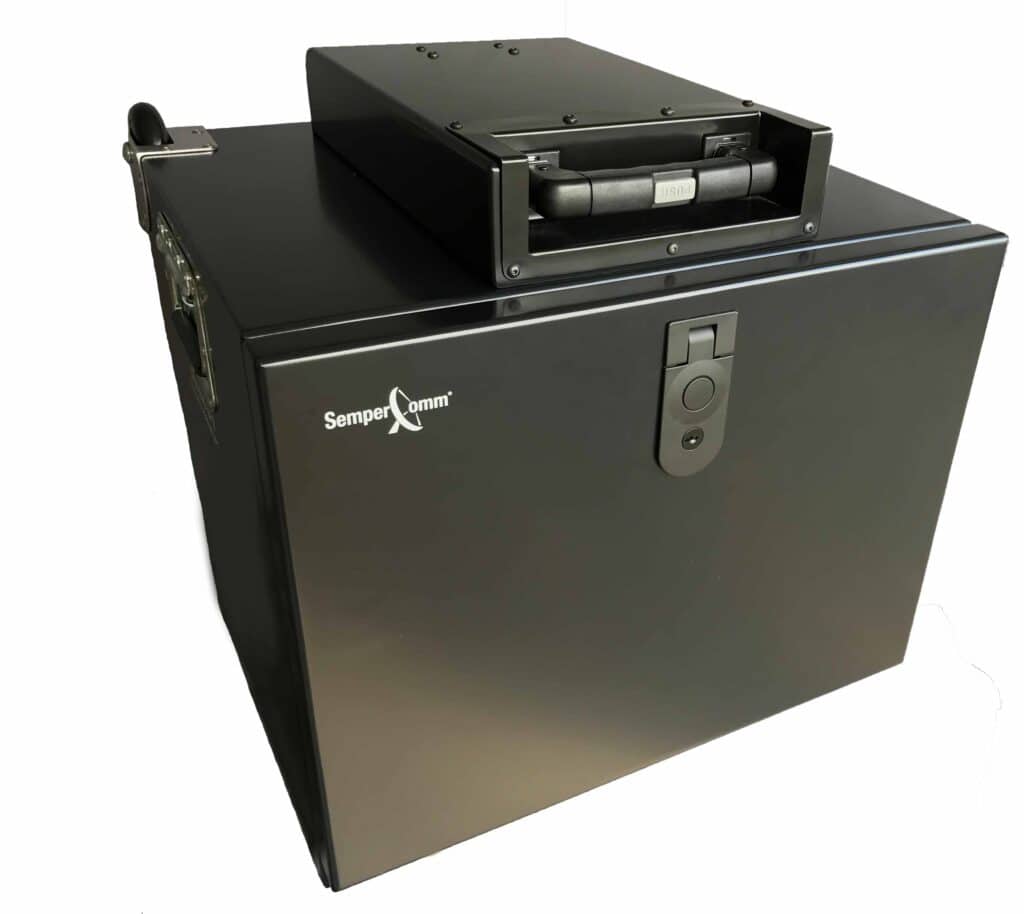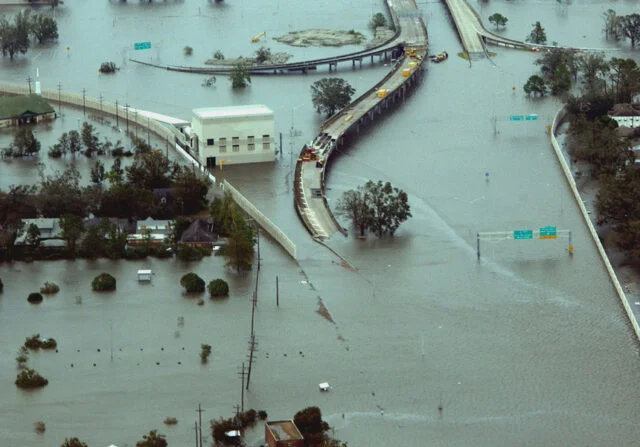Nationwide Emergency Communications System Vulnerabilities
Nationwide Emergency Communications System Vulnerabilities
On a national level it is well understood that there are nationwide emergency communications system vulnerabilities. We all depend on these systems everyday across the U.S. for emergencies and disasters. Unfortunately, for most communities it takes a disaster before these vulnerabilities become apparent at the local level. You need to know if your emergency communication systems are vulnerable. If so, you need to know what the vulnerabilities are and how to overcome them.
Additionally, these vital systems provide critical communications for coordinating emergency response resources. This includes: public safety, law enforcement, and emergency responders. Emergency Communications Systems are also used to communicate across agencies and jurisdictions. This is needed for proper Coordination, Command and Control. For example, having full situational awareness of vital resources is critical for a proper response. These systems are also used to provide communications to the public. Ensuring public full awareness during critical incidents is needed to maintain civil order.
Moreover, most of us know that these communications systems are critical for emergencies and disasters. We understand without these systems we cannot execute our mission. Across the U.S. we depend on these systems for everyday emergencies and for large scale emergencies. This includes disaster events such as terrorism, hurricanes, earthquakes, and other hazards. However, these vital communications systems we all depend on are highly vulnerable to breakdown. These systems often fail to meet mission needs when stressed. For these reasons, it is important to understand if your emergency communications system is vulnerable.
Understanding if Your Emergency Communications System is Vulnerable
Our emergency communications system vulnerabilities can render our command centers completely inoperable. This can happen in an instant due to damage to the command centers themselves. Moreover, this can occur from damage to supporting infrastructure. This includes: damage to the power grid, damage to networks and cellular systems. Finally, this can also include damage to other critical infrastructure that serves as vital links for these systems. As a result, this presents many challenges we must be prepare. For example, the ever-increasing and rapidly evolving threat profile to our communities. Finding the ideal communications solution to ensure communications no matter the situation is not an easy problem to solve.
This is because the breadth of threats and hazards we now must contend with has become nearly infinite in recent years. In addition to the every day hazards we must prepare for, the broader threat profile of events that once seemed improbable are now past experiences. Most of us as emergency response professionals have already dealt with the unthinkable. Consequently, the potential for these threats to occur or reoccur at any time on our watch has never been higher.
The threats where we must have no fail emergency communications systems include:
Large scale extended emergencies and disasters
Increased risk of terrorism from bad actors at all levels;
Broad scale emergencies that can rapidly devolve into public panic;
Rapidly shifting public sentiment where large groups take negative actions against agencies and institutions;
Daily cyber assaults on our vital information systems and financial systems that could rapidly cascade and negatively impact key elements depended on nationwide;
Far away global events that can rapidly evolve and impact our local communities (i.e., pandemics)
The threat of a cyber/electro-magnetic event that has the very real potential to take down our entire grid and infrastructure
The typical response to remedy emergency communications system vulnerabilities for these types of threats consists of two primary strategies:
- Heavy investment in expensive Mobile Command Center Vehicles or Mobile Communication Vehicles (MCV) to serve as back-up systems for large scale emergencies or disasters.
- Excessive dependency on infrastructure centric back-up systems that often fail to meet mission needs. This includes network systems, repeater systems, VHF/UHF line of site public safety communications systems. We also have over dependence on satellite t-phones, cellular systems, back-up generators. All these systems need some form of infrastructure in order to function to meet mission needs.
Yet, history has shown us over again that these approaches for Emergency Communications often fail. For instance, these approaches often fail during large scale emergency and disaster events (i.e., Hurricanes Katrina and Maria). If we are using the above two strategies mission failure is nearly certain.
Emergency Communication System Vulnerabilities and Large Scale Events
Communication failures during large scale events are well documented and serve as a realistic and highly probable illustration we need to learn from. The ineffectiveness of response authorities (at all levels-Federal, State, Local) largely due to failures of the above communication strategies, nearly always leads to response failure. In disasters, the complete breakdown of Command, Control and Communications always results in large scale civil unrest.
When communications breaks down mission failure occurs due to wide-scale lack of situational awareness. Additionally, the inability to communicate across the lines of authority and jurisdictions worsens the effects. This loss of communications typically involves a highly compromised or devastated power grid, devastated network systems and infrastructure. As result, the effective window for Command and Control is lost during the first 72 hours. Cascading events occur and civil unrest and anarchy soon follows. This is the anatomy of every-large scale emergency and disaster event. Yet we keep employing the above strategies since we know of no other solution. However, there is another way to ensure we will always have robust communications capability for every emergency situation. Learn this strategy.

By understanding the evolution of modern day Emergency Response Communications Systems including design and vulnerabilities you can improve your response time.


Mobile Command Centers are expensive. Does that high price tag translate into better results?

To learn more about SemperComm® or for sales or questions, contact us.
About SemperComm® (“Always Communications”)
SemperComm’s Portable Command Center is the only system available today that does not need any infrastructure in order to operate and provides all the mission critical capabilities above. You can learn more about our patented Portable Command Center Here.
SemperComm® Systems is an Emergency Management consulting firm that provides emergency management services and emergency communications products. To learn more about how SemperComm® can meet your needs contact us.
